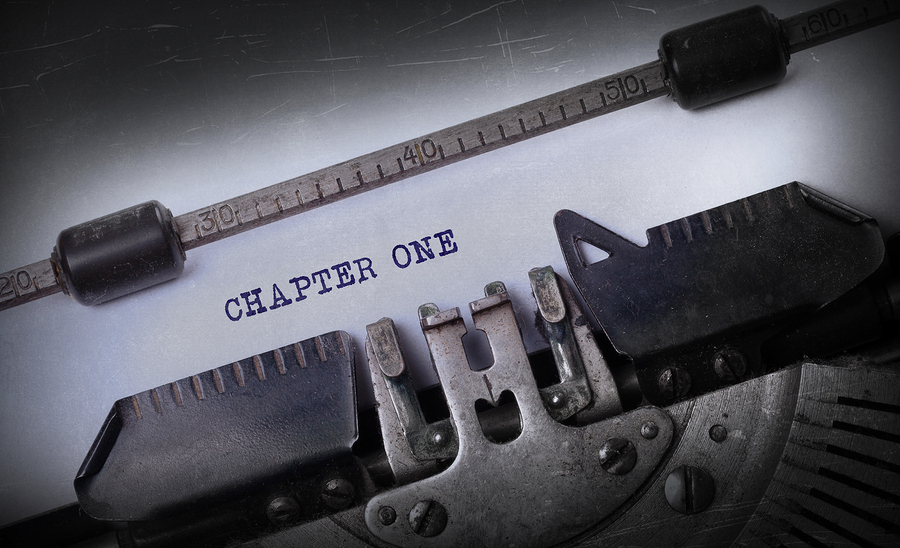Below is a nice visual reminder from Grammarcheck.net about basic writing mistakes that people make.
Do you have others to add?

Source: www.grammarcheck.net
Below is a nice visual reminder from Grammarcheck.net about basic writing mistakes that people make.
Do you have others to add?

Source: www.grammarcheck.net
Words can lie. Actions rarely do—unless someone is a really good actor/actress. But taking that element out, there’s a reason for the saying, “Actions speak louder than words.” I talked a lot about subtext in the last two posts. So, let’s dig a little deeper into the topic one more time. For example, a fictional character may say, “I’m fine.” But the tremble in her hands is in direct …

Have you ever started a book that grabbed you from the first page, but somewhere in the middle, you started to lose interest? Maybe you drifted off or didn’t finish it at all. That can happen to your readers, and you may not even be aware of it. If you’ve ever wondered whether your novel is gripping enough, you’re not alone. One of the biggest challenges writers face is keeping …

The Apostle Paul didn’t write his letter to the Romans—at least not by sitting down alone with paper and ink. He dictated his ideas to an amanuensis, a scribe or secretary who took dictation in shorthand and later rewrote the letter in full. This explains Paul’s conversational yet intricate writing style. And Paul’s dictation of the book of Romans isn’t some fringe …
If you missed this before, spend a little time this week with this great four-minute animated video written by Nalo Hopkinson on writing great fiction. It is also helpful for the nonfiction writer because you, too, tell stories. But yours happen to be nonfiction! Once you are done watching, you can take a short quiz and even go deeper on the TED-Ed site. (Click here for the quiz.) !
I joke that if I didn’t like my husband, I could arrange to be away at writers conferences 90% of the time. The truth is, Christian publishing blesses industry professionals with many excellent opportunities, including classes, worship, professional speakers, the chance to meet top agents, editors, and writers, along with mentorships and fellowship, to name a few. Each conference is unique and …
Let’s dig a little deeper into how subtext in dialogue works and what it looks like. In the previous post, I talked about how people rarely say exactly what they mean—especially when under stress or in a sticky situation—or maybe when the truth would hurt someone’s feelings. We dodge, deflect, soften our words, or hide our true feelings behind sarcasm or politeness. Great fictional dialogue works …
Are you starting your book in the wrong place? I’m not referring to giving too much backstory. I mean, are you starting your story in the wrong place? Pantsers often start at the beginning and just let the story unfold. Plotters often want to outline the entire story from beginning to end before they write the first page. But what would happen if you started writing your book from the …

According to various sources, there are about one million words in the English language. Approximately 750,000 of them are technical or scientific. That leaves us with 250,000 words with which to communicate. I doubt any of us know all of them or use them. According to the TestYourVocab.com website, the average person knows about 20,000 words and uses only half of those in everyday speech. Go to …
Subtext is the hidden layer of meaning beneath the words and actions of a story. It’s what characters don’t say, what emotions they suppress, and what truths are left for the reader to infer, rather than being explicitly stated. Great writing isn’t only about what’s written; it’s also about what’s implied. Readers love engaging with stories where they have to read between the lines, piecing …

